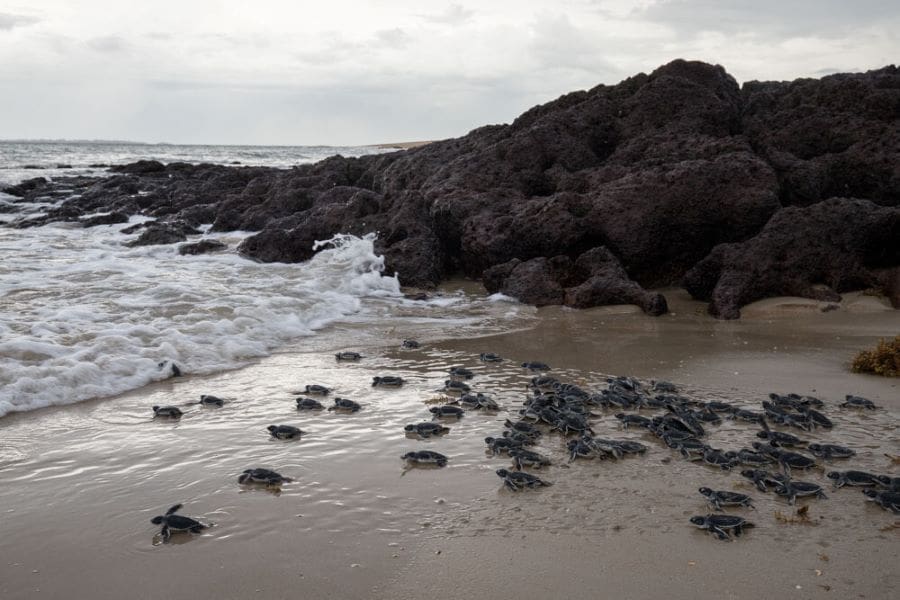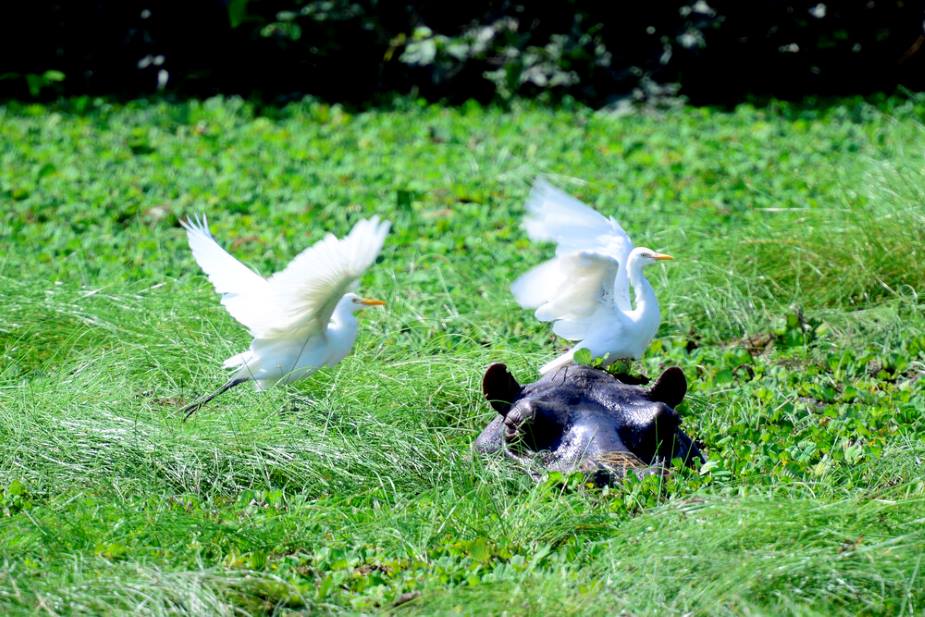Bissau, Guinea-Bissau | AFP
The Bijagos Archipelago off the coast of west Africa was declared a World Heritage site by the UN’s cultural agency on Sunday, in recognition of its exceptional biodiversity and rich local traditions.
The string of islands in Guinea-Bissau and surrounding turquoise waters are home to endangered green and leatherback sea turtles, manatees, dolphins and more than 870,000 migratory birds, a UNESCO spokesperson told AFP.
The archipelago’s small island of Poilao is an extensive nesting ground for green sea turtles.
The continuous network of coastal and marine ecosystems in the west African archipelago includes mangroves, mudflats and intertidal zones which are fundamental to aquatic life.

“This moment marks the culmination of more than 10 years of collective effort, commitment, dialogue and a shared conviction that this extraordinary and unique place deserves to be recognised, protected and celebrated by all of humanity,” environment minister Viriato Luis Cassama said after the announcement.
UNESCO chief Audrey Azoulay hailed the region as a “rare coastal and marine ecosystem, where local communities have kept their traditions alive” as she congratulated the country on its first World Heritage site.
Rare plant species and diverse fish and bird populations also call the islands home.
The archipelago is additionally home to several sacred sites as well as artisanal fisheries.
After failing to make the World Heritage list on its first attempt in 2012, an application was resubmitted following extensive scientific research and the involvement of local populations.
The Bijagos Archipelago was already designated a UNESCO biosphere reserve in 1996.
The archipelago’s placement on the World Heritage list “strengthens its protection and its inclusion in an even larger global network of sites protected by UNESCO”, the spokesperson said.
The archipelago covers more than 10,000 square kilometres (3,850 square miles), including sandbanks and mudflats.
It is made up of 88 islands and islets, of which only about 20 are permanently inhabited.
aye-lp/bfm/sbk/yad
© Agence France-Presse
Article Source:
Press Release/Material by AFP
Featured image: Symbiosis between herons and hippos in the An-ôr lagoon, Orango National Park (PNO). Credit: Enrique López-Tapia de Inés | © IBAP




